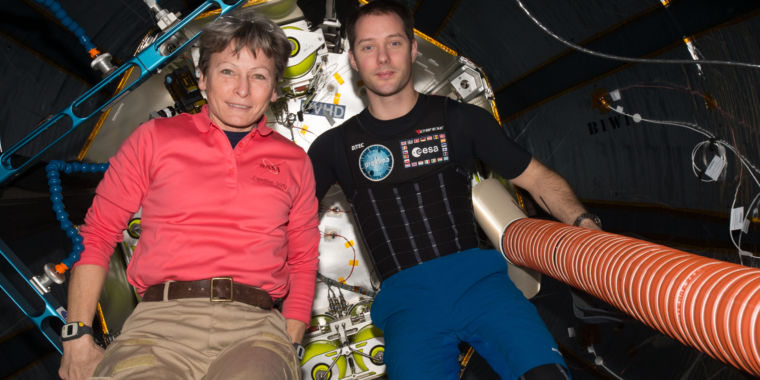
Once deployed, the mission will determine the composition, chemistry, dynamics, and radioactive transfer of Venus’ atmosphere.

The Falcon Heavy—which it’s touting as “the world’s most powerful rocket”—will be able to lift over 54 metric tons into orbit. It has three first-stage boosters that will be entirely reusable.

The agency is considering how to conduct science experiments on the Deep Space Gateway station, even while no crew members are on board.

NASA is working on the most powerful rocket ever built: the Space Launch System. What could it be used for to explore the Solar System?

Recently, the Breakthrough Initiatives project took a big leap toward achieving its ultimate goal by successfully sending six test craft into Low Earth Orbit.

The Deep Underground Neutrino Experiment (DUNE) will count with the support of 1,000 scientists and engineers from different parts of the world to study the properties of the neutrino.

Researchers combined gecko-inspired adhesives and a custom robotic gripper to create a device for grabbing space debris.

The Breakthrough Starshot Initiative's purpose goes far beyond the Moon. The project seeks to travel to the nearest stars.

A NASA instrument built to help astronomers learn about the structure and behavior of neutron stars has been mounted to the International Space Station.

His goal is nothing less than ensuring the survival of the human race by creating a “backup location”, and calls for some serious planning and architecture.

A team of astrophysicists from UZH has simulated the formation of the entire Universe, producing a catalog that will help unlock the secrets of the "Dark Universe".

The construction of the world’s largest telescope has begun. Officials gathered to celebrate the first stone of the European Extremely Large Telescope’s (E-ELT) long-awaited construction.

Tests will determine whether inflatables play a role in deep space exploration.

Experts see a time in the not-so-distant future when spaceflights could cost $10,000-$20,000.

The United Arab Emirates has unveiled a new project that aims to establish the first inhabitable human settlement on Mars by 2117.